Table of content
- Poultry
- Seafood
- Pork
- Beef and Lamb
- Plant-Based Proteins
- Leafy Greens
- Root Vegetables
- Aromatic Vegetables
- Mushrooms
- Fresh Herbs
- Ginger
- White Pepper
- Star Anise and Cinnamon
- Fermented Ingredients
- Chili Oil or Sauces
- Crispy Elements
- Nuts and Seeds
- Fresh Herbs and Citrus
- Preserved Ingredients
- Sauces and Condiments
- Chinese Congee (Jook)
- Japanese Okayu
- Korean Juk
- Southeast Asian Variations
Congee, a humble yet deeply nourishing porridge-like dish, has been a staple in Asian cuisines for centuries. Its simplicity lies in its preparation—typically made by boiling rice in a generous amount of water or broth until the grains break down into a creamy, silken texture. Yet, what transforms congee from a basic meal into a culinary masterpiece is the artful combination of ingredients added during or after cooking. From savory proteins to aromatic herbs and crunchy toppings, the possibilities are endless. This article delves into the world of congee ingredients, offering a detailed exploration of how to customize this dish to suit every palate, dietary preference, and occasion.
The Foundation: Grains and Liquids
At its core, congee begins with a grain, traditionally rice. However, modern interpretations expand beyond this staple. Jasmine rice, with its fragrant aroma, is a classic choice, but short-grain sushi rice or even glutinous rice can be used for a stickier texture. For those seeking a nutritional boost, alternative grains like barley, millet, quinoa, or oats can be incorporated either partially or entirely. These grains not only add diversity in flavor but also increase the dish’s fiber and protein content.
The liquid used to cook congee is equally pivotal. Water is the most straightforward option, but broths—such as chicken, vegetable, or bone broth—infuse the dish with depth. For a richer taste, some cooks use coconut milk, especially in Southeast Asian-inspired recipes, which imparts a subtle sweetness and creaminess. The ratio of grain to liquid typically ranges from 1:8 to 1:12, depending on the desired thickness. A thinner congee might be preferred for sipping when under the weather, while a thicker version serves as a hearty base for layered toppings.
Proteins: Building Flavor and Substance
Proteins are the workhorses of congee, providing heft and satisfying texture. The choice of protein often reflects regional preferences or seasonal availability.
Poultry
Shredded chicken, particularly thigh meat, is a timeless addition. Poached or roasted chicken adds a mild, savory note, while chicken liver or gizzards contribute a rustic richness. In some regions, like Hainan, congee is paired with a whole soft-boiled egg, its yolk oozing into the porridge to create a luxurious mixture.
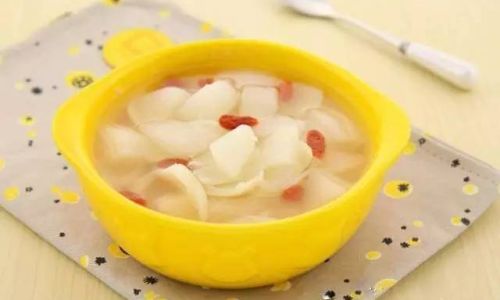
Seafood
Seafood lovers can turn to shrimp, fish fillets, or clams. Light and delicate, these proteins complement the congee’s softness without overwhelming it. For instance, adding diced salmon during the final minutes of cooking imparts a buttery flavor, while dried scallops or shrimp—rehydrated and shredded—offer a briny umami kick.
Pork
Pork is a beloved congee companion, appearing in forms like minced pork, Chinese sausage (lap cheong), or crispy pork belly. The sausage’s sweet-savory profile and hint of alcohol from rice wine make it a standout, while minced pork, often seasoned with soy sauce and ginger, melts into the porridge for a cohesive bite.
Beef and Lamb
Though less common in traditional recipes, thinly sliced beef or lamb can be added for a heartier congee. Marinating the meat in soy sauce, sesame oil, and cornstarch before cooking ensures tenderness and flavor penetration.
Plant-Based Proteins
For vegetarians or vegans, tofu is an excellent substitute. Silken tofu blends seamlessly, adding a creamy texture, while firm tofu can be crumbled or fried for contrast. Edamame, lentils, or chickpeas also introduce plant-based protein and a pleasant pop of color.
Vegetables: Freshness and Crunch
Vegetables bring vibrancy, nutrients, and texture to congee. They can be added raw, blanched, or sautéed, depending on the desired effect.
Leafy Greens
Spinach, kale, or bok choy can be wilted into the congee during the last few minutes of cooking. Their mild bitterness balances richer ingredients, while their tender leaves melt into the porridge.
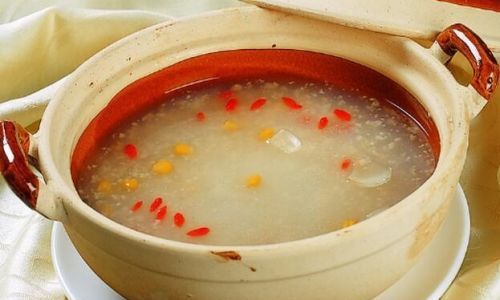
Root Vegetables
Carrots, daikon radish, or sweet potatoes add natural sweetness and a comforting heft. These vegetables are often diced and simmered until soft, though some prefer to roast them first for a caramelized edge.
Aromatic Vegetables
Onions, garlic, and ginger form the flavor backbone of many congee recipes. Sautéing them in oil before adding the liquid deepens their aromatic qualities, infusing the entire dish with warmth.
Mushrooms
Shiitake, enoki, or wood ear mushrooms contribute an earthy, umami-rich dimension. Dried shiitake, rehydrated and sliced, are particularly prized for their intense flavor.
Fresh Herbs
Cilantro, basil, or mint are typically used as garnishes, their bright flavors cutting through the porridge’s richness. Scallions, both the green and white parts, are a must-have for their mild oniony zing.
Herbs, Spices, and Aromatics: The Flavor Enhancers
While congee is often subtly seasoned, the judicious use of herbs and spices can elevate it to gourmet status.
Ginger
Fresh ginger, either grated or sliced, is a quintessential ingredient. Its pungent heat warms the stomach and complements both savory and slightly sweet profiles.
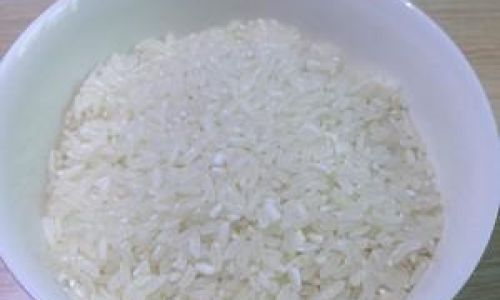
White Pepper
A pinch of ground white pepper adds a subtle, lingering heat without overpowering the dish. It pairs exceptionally well with poultry and seafood.
Star Anise and Cinnamon
In some regional variations, whole spices like star anise or cinnamon sticks are simmered with the congee to impart a delicate sweetness. These are typically removed before serving.
Fermented Ingredients
Fermented bean paste, black vinegar, or pickled vegetables introduce a tangy complexity. For example, adding a spoonful of Chinese fermented tofu (fu ru) creates a pungent, salty undertone.
Chili Oil or Sauces
For those who enjoy heat, a drizzle of chili oil, sriracha, or freshly sliced birds-eye chilies can be added at the table. This allows diners to adjust the spice level to their liking.
Toppings and Garnishes: The Finishing Touch
Toppings are where congee truly shines, offering a medley of textures and flavors. They can be as simple as a sprinkle of sesame seeds or as elaborate as a cascade of fried shallots and preserved duck eggs.
Crispy Elements
Fried garlic, shallots, or onions provide a satisfying crunch. These can be store-bought or homemade by slicing the aromatics thinly and frying them in oil until golden.
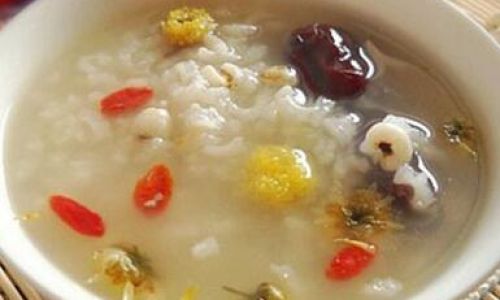
Nuts and Seeds
Toasted sesame seeds, crushed peanuts, or pumpkin seeds add nutty richness. Roasted peanuts, in particular, are popular in Southeast Asian congee variations.
Fresh Herbs and Citrus
A handful of chopped cilantro, a squeeze of lime, or a few drops of yuzu juice brighten the dish and cut through any heaviness.
Preserved Ingredients
Preserved duck eggs (century eggs), salted duck eggs, or pickled mustard greens are traditional in Chinese congee. Their fermented or salted profiles add a layer of complexity.
Sauces and Condiments
Soy sauce, fish sauce, or oyster sauce can be drizzled on top for saltiness, while a dollop of hoisin or chili crisp introduces sweetness and heat.
Regional and Cultural Variations
Congee’s adaptability is evident in its global iterations, each influenced by local ingredients and traditions.
Chinese Congee (Jook)
In China, congee varies widely by region. Cantonese congee often features sliced fish or pork, while Teochew-style congee might include a whole crab or salted vegetables.
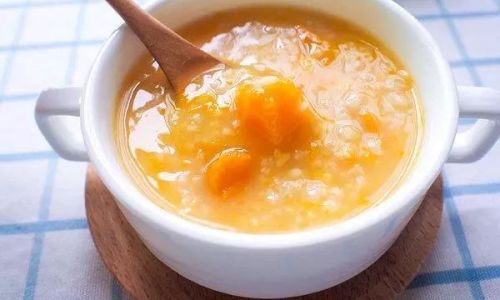
Japanese Okayu
Okayu, a thicker Japanese congee, is often seasoned with soy sauce and topped with a raw egg yolk, which cooks gently from the residual heat.
Korean Juk
Korean juk ranges from simple pumpkin porridge to elaborate ginseng chicken congee, believed to have restorative properties.
Southeast Asian Variations
In Vietnam, cháo ga (chicken congee) is garnished with fried onions and herbs, while in the Philippines, arroz caldo is spiced with ginger and served with calamansi.
Health and Dietary Considerations
Congee’s gentle nature makes it ideal for those with sensitive stomachs or dietary restrictions.
- Gluten-Free: Ensure all ingredients, especially soy sauce or condiments, are certified gluten-free.
- Vegan/Vegetarian: Use vegetable broth, tofu, and plant-based proteins, avoiding fish sauce or dried shrimp.
- Low-Sodium: Opt for low-sodium broths and season with fresh herbs rather than salt.
Cooking Techniques and Tips
- Soaking Grains: For faster cooking, soak rice or grains in water for 30 minutes before boiling.
- Slow Cooking: A slow cooker or Instant Pot can yield exceptional congee with minimal effort.
- Layering Flavors: Sauté aromatics like ginger and garlic in oil before adding liquid to build depth.
- Adjusting Consistency: Thicken congee by simmering longer or thin it with hot water or broth.
Conclusion
Congee is more than a dish—it is a canvas for culinary creativity. Whether you prefer it minimalist, with just a drizzle of soy sauce and a sprinkle of scallions, or loaded with an array of proteins, vegetables, and spices, its beauty lies in its adaptability. By experimenting with the ingredients outlined in this guide, you can craft a congee that nourishes the body, soothes the soul, and delights the senses. So, the next time you find yourself with a handful of rice and a craving for comfort, remember: the only limit is your imagination.

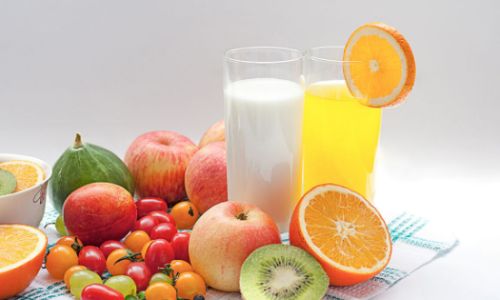

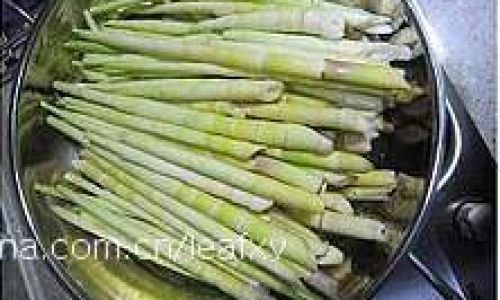
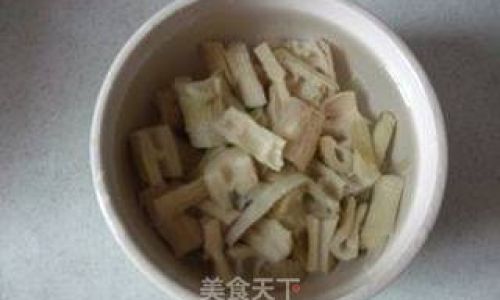
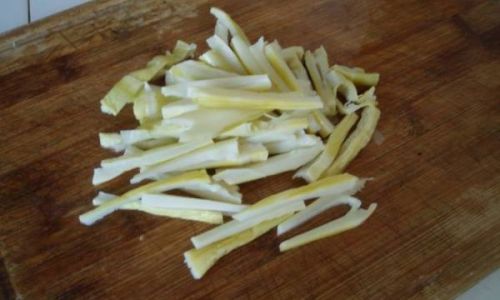
0 comments